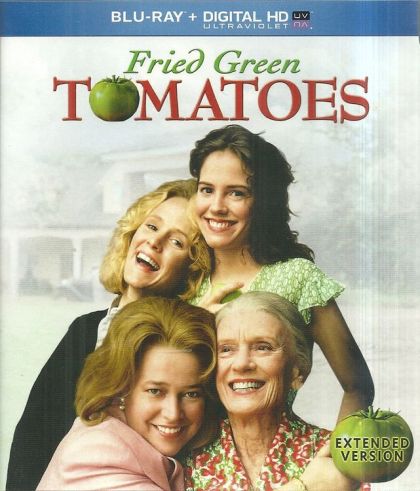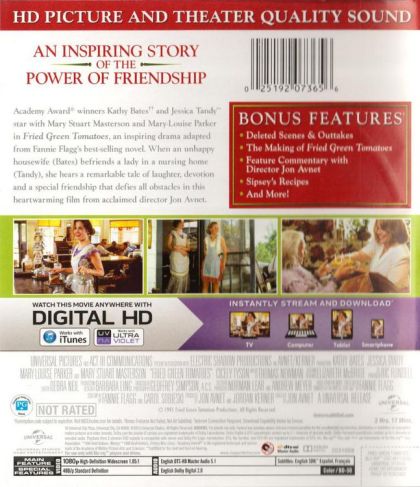Fried Green Tomatoes

Amidst her own personality crisis, southern housewife Evelyn Couch meets Ninny, an outgoing old woman who tells her the story of Idgie Threadgoode and Ruth Jamison, two young women who experienced hardships and love in Whistle Stop, Alabama in the 1920s.
Evelyn Couch is having trouble in her marriage, and no one seems to take her seriously. While in a nursing home visiting relatives, she meets Ninny Threadgoode, an outgoing old woman, who tells her the story of Idgie Threadgoode, a young woman in 1920's Alabama. Through Idgie's inspiring life, Evelyn learns to be more assertive and builds a lasting friendship of her own with Ninny.
—Kevin
Fried Green Tomatoes is a 1991 film directed by Jon Avnet. In this directorial bebut, Avnet cast four women to play the lead roles. Kathy Bates as Evelyn Couch, an unhappy housewife depressed with her life; Mary Stuart Masterson as Imogene Louise (Idgie) Threadgoode, the local tomboy who swears, smokes, drinks, gambles and never goes to church; Mary-Louise Parker as straight-laced Ruth Anne Jamison of Valdosta, Georgia. A preacher's daughter and only child in charge of the BYO activities and the young people at the church. And Idgie herself! And Jessica Tandy as Virginia (Ninny) Threadgoode, sister-in-law to Idgie. Idgie and Ruth lived back in the 1920's and 1930's in Whistle Stop, Alabama. Ninny did as well, and regales the two women's adventures to Evelyn, who takes these stories as inspiration for her own life. Fried Green Tomatoes is based off of the book "Fried Green Tomatoes at the Whistle Stop Cafe" by Fannie Flagg. The book was released in 1987. In Britain, the movie has the exact same title as the book. Note: There are very few differences between book and movie for whom it may concern.
—Rachel Burkert
A housewife who is unhappy with her life befriends an old lady in a nursing home and is enthralled by the tales she tells of people she used to know.
—Murray Chapman
SYNOPSIS
Cast View all

|
Kathy Bates | Evelyn Couch |

|
Mary Stuart Masterson | Idgie Threadgoode |

|
Mary-Louise Parker | Ruth Jamison |
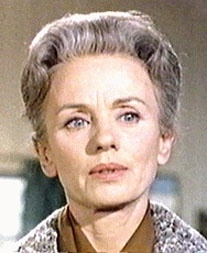
|
Jessica Tandy | Ninny Threadgoode |
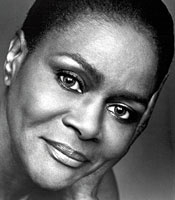
|
Cicely Tyson | Sipsey |

|
Chris O'Donnell | Buddy Threadgoode |

|
Stan Shaw | Big George |
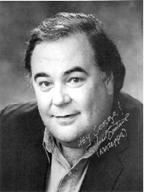
|
Gailard Sartain | Ed Couch |
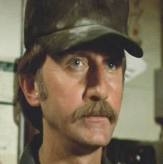
|
Timothy Scott | Smokey Lonesome |
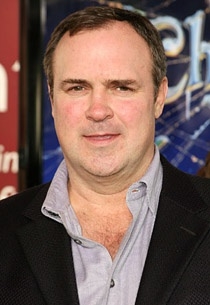
|
Gary Basaraba | Grady Kilgore |
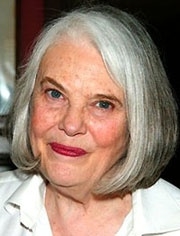
|
Lois Smith | Mama Threadgoode |
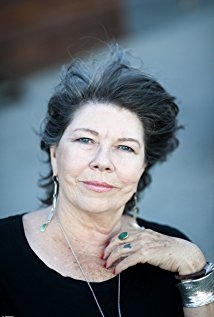
|
Jo Harvey Allen | Women's Awareness Teacher |
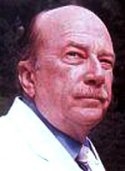
|
Macon McCalman | Prosecutor Percy |
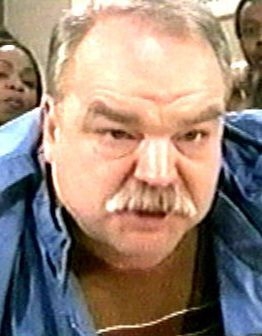
|
Richard Riehle | Reverend Scroggins |
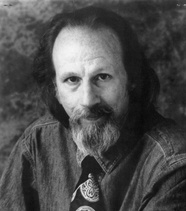
|
Raynor Scheine | Sheriff Curtis Smoote |

|
Grace Zabriskie | Eva Bates |

|
Reid Binion | Young Julian Threadgoode |

|
Afton Smith | Leona Threadgoode |
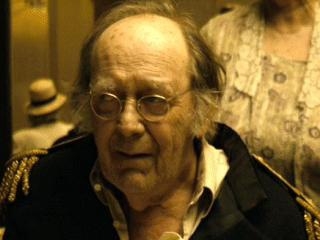
|
Danny Nelson | Papa Threadgoode |

|
Nancy Moore Atchison | Little Idgie Threadgoode |

|
Constance Shulman | Missy |

|
Nick Searcy | Frank Bennett |

|
Haynes Brooke | Older Julian Threadgoode |

|
Ginny Parker | Ruth's Mother |

|
Tres Holton | Boy at Supermarket |
Crew
| Director | Jon Avnet |

|
| Writer | Fannie Flagg, Carol Sobieski | |
| Producer | Jon Avnet, Sara Duvall, Anne Marie Gillen, Martin Huberty, Jordan Kerner, Norman Lear, Lisa Lindstrom, Barbara Ling, Deborah Love, Yuriko Matsubara, Andrew Meyer, Ric Rondell, Shannon Silverman, Tom Taylor | |
| Musician | Thomas Newman | |
| Photography | Geoffrey Simpson | |
Edition details
| Edition | Extended Blu-Ray Ultraviolet Combo Edition |
|---|---|
| Packaging | HD Case |
| Nr Discs | 1 |
| Screen Ratios | Widescreen (1.85:1) |
| Audio Tracks | Dolby Digital 2.0 [English] Dolby Digital Stereo [English] DTS-HD HR 5.1 [English] DTS-HD Master Audio 5.1 [English] |
| Subtitles | English | English (SDH) | French | Spanish |
| Distributor | Universal Studios Home Entertainment |
| Layers | Single side, Dual layer |
| Edition Release Date | Mar 04, 2014 |
| Regions | Region A |
Personal
| Owner | Kerry & Dawn |
|---|---|
| Location | Movies-01 |
| Storage Device | TD 01 |
| Purchased | On Dec 25, 2017 |
| Watched | Mar 25, 2018 |
| Quantity | 1 |
| Index | 934 |
| Added Date | Dec 25, 2017 18:54:23 |
| Modified Date | Apr 17, 2024 00:48:46 |
Notes
| Version | Run Time |
| Theatrical Cut | 2:10 |
| Extended Version | 2:17 |
- In the TV version, Idgie watches Ruth teaching Sunday school before taking her to her birthday party at the saloon.
- The TV/DVD versions include a brief scene in which Evelyn gives Ninny a Mary Kaye makeover.
- Network and DVD versions contains some additional footage not included in the theatrical release:
- Just after Big George is released by the KKK gang, and Grady tells the gang he doesn't recognize any of them, there is a scene where Grady tells Idgie that he doesn't wear size 14 shoes and that he is no member of the KKK. This scene is missing from the theatrical release.
- A scene is added in which Ninny Threadgoode and Evelyn Couch go to a Baptist Church and see a gospel singer perform. She sings "Listen to the Rain."
- In the TV/DVD version there is a scene, immediately before Idgie goes to visit Ruth, in which we learn that Idgie has been living in Sipsie's house Troutville, the colored annex of Whistle Stop.
- They also include additional footage in the final cafe sequence in which Sipsey refuses to give barbecue (with the special sauce) to two colored boys who come to the back door.
- In the DVD version, there is a scene where you see Ruth and Idgie sitting and talking on a bench in front of the cafe.
-----------------------------------------------------------------------------------------------------------------------
Are Ninny and Idgie Threadgoode the same person?
There has been a lot of speculation among viewers of the film about the final scene, in which it seems apparent that Ninny Threadgoode and Idgie are the same person. When Evelyn Couch finds a note and a jar of honey on Ruth's grave, Ninny gives her a "knowing look" and Evelyn takes on a look of understanding. However, the final scene is not a definitive statement that they are the same. Evidence throughout the movie shows the separation between the characters, and scenes are listed below:
- Ninny states in the nursing home during her first scene that she was practically adopted by the Threadgoode family, not born directly into it.
- Ninny Threadgoode also states that she married Cleo Threadgoode, another one of Idgie's brothers. However, Cleo Threadgoode never appears by name in the film, and neither does Ninny, so the confusion is understandable.
- During the wedding scene near the beginning, a child-aged Idgie is on her brother Buddy's back while Ninny says in voiceover that she (Ninny) had always had a crush on Buddy, rather than "Idgie always had a crush on Buddy." Even if she was trying to pretend that she and Idgie were separate people, it doesn't seem likely that Idgie would describe herself as having a "crush" on her own brother.
- Towards the end of the movie Ninny says that Sipsey confessed on her deathbed the full truth of Frank Bennett's death. Idgie knew the truth from the beginning, so Sipsey would have no reason to confess if Ninny were Idgie.
- Mrs. Otis, Ninny's friend and roommate, was also present at Sipsey's confession, meaning that she would know both Idgie and Ninny if they were separate people. Mrs Otis' adult daughter confirms that her mother has been Ninny's neighbor for many years. Even though we never see Ninny and Mrs Otis interact in the film, it seems likely Mrs Otis would have noticed that her long-time friend "Idgie" was suddenly calling herself "Ninny."
The implication that Ninny and Idgie are the same person, therefore, is impossible based on several other points in the film.
The book makes it clear that Ninny and Idgie are different people, as Ninny has died and Evelyn is visiting her grave when she finds the jar of honey and the note on Ruth's tombstone. A final scene confirms that Idgie now runs a roadside stand with her brother Julian (the boy who made fun of Idgie at the wedding), where they sell honey while Idgie entertains visitors with her tall tales.
-----------------------------------------------------------------------------------------------------------------------
The above is one interpretation of the film, whereas below offers another with understanding of creative story adaptation for film. Out of respect for everyone's right to their own opinions, it has been left to offer the reader the option to decide for themselves which version makes more sense to them. This is one sign of the amazing skill of the writers of the movie - over 20 years later, people are STILL trying to figure out the truth of the story. This is an attribute of truly creative storytelling.
In the film adaptation of this book, Idgie and Ninny are indeed the same person. Using the points made above, the other interpretation of Idgie and Ninny being the same person is addressed below:
- As far as being adopted, this is a turn of phrase in Idgie's creative storytelling to Evelyn. Idgie keeps Buddy's memory alive by, as the saying goes, spinning a good yarn (which most likely influenced the author's choice of the name "Threadgoode"). "Practically adopted" is just another way of telling Evelyn that she was part of the Threadgoode family and establishes a close familial connection, which is why she would know so many details of Ruth and Idgie's lives.
- Cleo does not appear in this movie because the theatrical Ninny IS the theatrical Idgie. Ninny is trying to establish a deep connection to the Threadgoode family, otherwise her intimate knowledge does not quite make enough sense. She does not want Evelyn to figure out at the beginning of her tale that she is actually Idgie. Cleo being left out was done to make the idea that Idgie and Ninny are one in the same only slightly more obvious. For all we know, "Cleo" is a completely made up name for her husband's real name. In the book Ninny and Idgie are indeed separate, but making them the same person makes the story more intriguing, and confusing, for the 3rd party - the viewer of the movie.
- Ninny says she had such a crush on him because young Idgie loved her brother so much that when he died she never got over it. As Buddy's "pet since the day she was born," she was completely heartbroken. This is a creative way to express her love for Buddy and implies how strong it is as well as keeping Evelyn unaware of Ninny's true connection to Buddy as his little sister. ( You have to understand that what is happening on screen is always directly linked to the narration, and when Ninny said she had "such a crush" on Buddy, Buddy is carrying Idgie around on his back and they are the focus of the scene.)
- When Ninny says that Sipsey confessed on her deathbed to herself and Mrs. Otis, this is just another creative way for Ninny to tell Evelyn the story and explains why she knows exactly what happened to Ruth's husband. It's just a creative cover story. Evelyn wouldn't be able to "fact check" Ninny's story because she was not there and no one is alive who was (especially after Mrs. Otis dies), so who can argue with Ninny's claim that it was a deathbed confession and not something of which she already had direct knowledge? Evelyn simply trusts that what Ninny is telling her is the truth, but that does not mean that it is actually true. She never second guesses Ninny by going to Mrs. Otis.
- Yes, Mrs. Otis would notice if Idgie suddenly started calling herself Ninny... but only if she was present to hear the story. However she is not. She's never seen interacting with Ninny. One can assume the name "Ninny" was completely made up for the story being told to Evelyn and to make the truth and fiction harder to separate. This would be another tribute by Idgie to her brother Buddy. (Another interpretation of the name change is that as soon as Idgie settled down, she became a different person than young Idgie, and so gave herself another name to distinguish her younger, wild, carefree self from her older, settled, married self. In that case, Idgie and Ninny would be the same person to Mrs. Otis anyways.)
As you can see, all of the points can be interpreted in another way which confirms that Ninny is in fact Idgie. This was done because an old woman telling a younger woman a story about two other women who lived in the 1930's is not nearly as interesting as one of those women growing old and concealing her identity in order to tell Evelyn the great story of the lives of her two greatest loves - Buddy and Ruth. This is why the scene at the end has Evelyn and Ninny exchanging a look of knowing when Evelyn discovers the note on the the grave, because Evelyn JUST figured out that Ninny IS Idgie. Evelyn continues to play along with Ninny's creative storytelling by asking "Maybe we'll see her today?" as she looks at Ninny, who playfully returns "Maybe."


 English
English  Nederlands
Nederlands  Deutsch
Deutsch  Français
Français  Español
Español  Magyar
Magyar  српски
српски  Dansk
Dansk  Italiano
Italiano  Svenska
Svenska  Slovenčina
Slovenčina  Português
Português 
